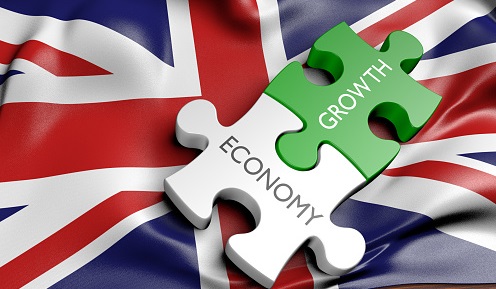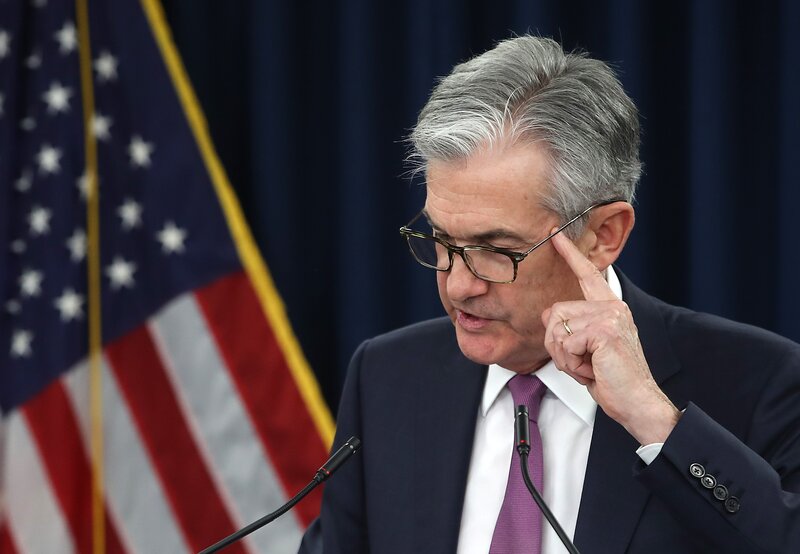The UK economy is set to release final Q1 GDP numbers this Friday, with numbers expected to show that the UK managed to narrow avoid a contraction with growth of 0.1%.
Gross Domestic Product is released by the National Statistics is a measure of the total value of all goods and services produced by the UK. GDP is considered as a broad measure of the UK economic activity.
It should be noted that after a disappointing economic performance in March, where a monthly contraction of -0.3% acted as a drag. Q2 could come in much better as the weather has been much better, encouraging summer spending, however, the economy and debt still has issues.
Britain’s debt has surpassed the size of the economy for the first time in more than six decades, ahead of an expected jump in interest rates that will add billions more to borrowing costs.
Basically, the soaring benefits payments and an NHS pay deal helped to drive up public borrowing to its highest level in any May outside of lockdown, according to the Office for National Statistics (ONS).
Also, with the UK GDP remaining flat, it pushed the UK’s debt above the annual size of the economy for the first time since March 1961 in the aftermath of the Second World War.
Another reason for the poor performance in March was due to public sector strike action from healthcare and transport, which weighed heavily on the services sector, leading to a contraction of -0.5%.
The performance would have been worse but for a significant rebound in construction and manufacturing activity, which rebounded strongly to 0.7%.
There is a risk that this modest expansion could get revised away, however recent PMI numbers have shown that, despite rising costs, business is holding up, even if economic confidence remains quite fragile.




